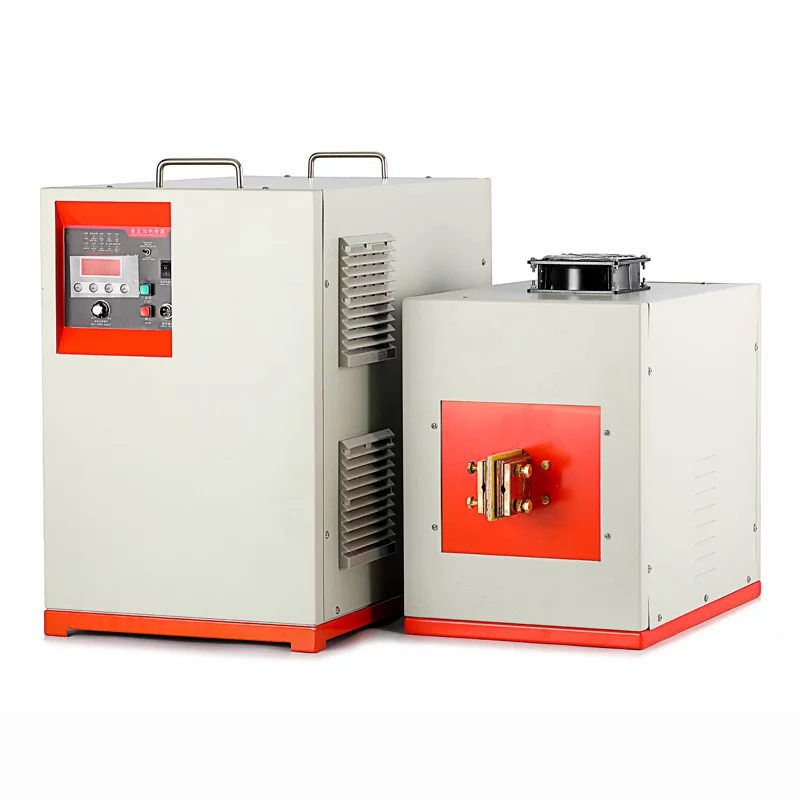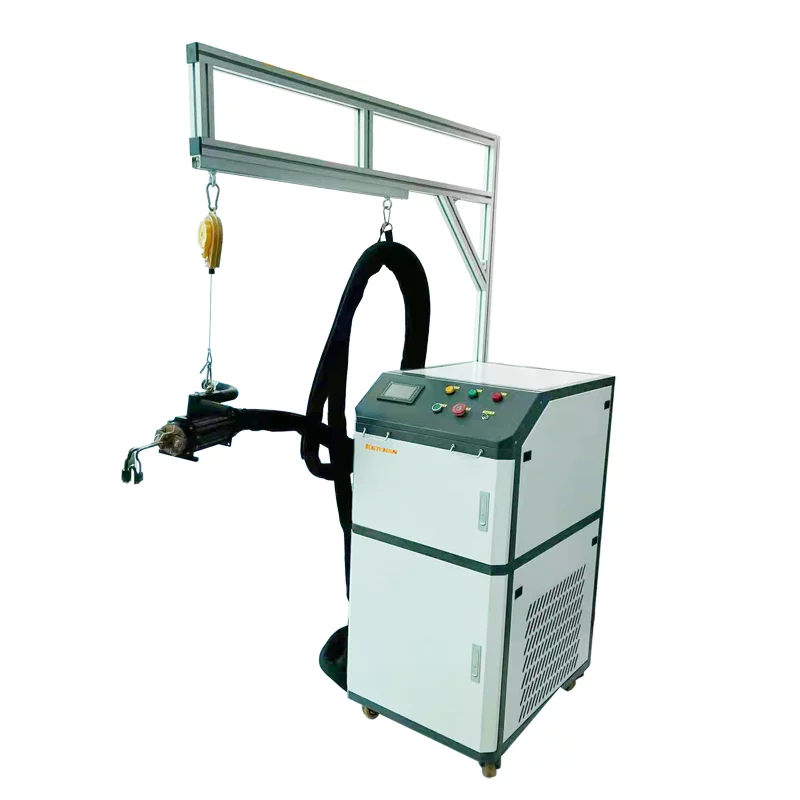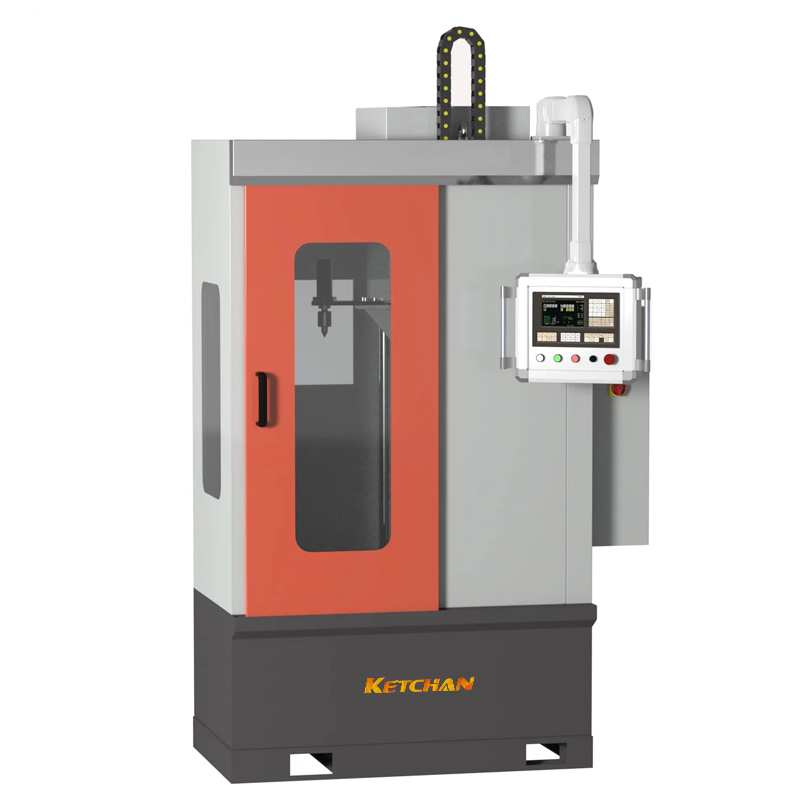In order to achieve reverse quenching, steel with appropriate hardenability, a workpiece with sufficient cross-section, suitable cooling medium, and correct cooling conditions are required. If these conditions are met, this controllable pre-cooling quenching is likely to increase the depth of the hardening layer compared with conventional quenching. Chen Weiming and Zhou Hefeng also showed that pre-cooling quenching can reduce residual stress and deformation. Grubisic and Totten have elucidated that this technique can be used to enhance flexural fatigue strength and impact resistance.
In the liquid quenching cooling medium, only the PAG solution can be adjusted to the controllable pre-cooling quenching. Because the concentration of PAG solution is high enough to achieve optimal control of heat transfer, the polymer concentration is higher than normal. This also forms a thicker film on the surface of the workpiece, which extends the cooling stage of the vapor film and causes pre-cooling quenching. Other variables that need to be properly controlled are liquid temperature and stirring speed. Heat transfer kinetics is also controlled when gas quenching is used (especially in vacuum furnaces using pressurized high-speed gas). Compared with liquid quenching, gas quenching provides more time during cooling to adjust the main cooling variables – gas pressure and velocity.
Since reverse quenching was discovered in the 1970s, pre-cooling quenching has only recently been considered for practical production for two reasons:
1) Until recently, there was no appropriate method to test and record the quenching intensity information necessary to describe the heat transfer kinetics of the actual quenching process. Magnetic hardening machine or small diameter (12.5 mm) Φ nickel alloy or silver sample cooling curve analysis cannot be used for this purpose.
2) In recent years, it has been found that a higher concentration of PAG solution can be used for preset controllable pre-cooling quenching. Firstly, computer software should be used to analyze whether the workpiece with a certain cross-section size and made of certain hardenability steel is suitable for quenching with controllable heat transfer kinetics. If so, relevant quenching parameters should be further optimized. At the same time, a method is needed to measure and record the endothermic dynamics of different quenching cooling media in the production environment to obtain the relevant heat transfer coefficient values.





